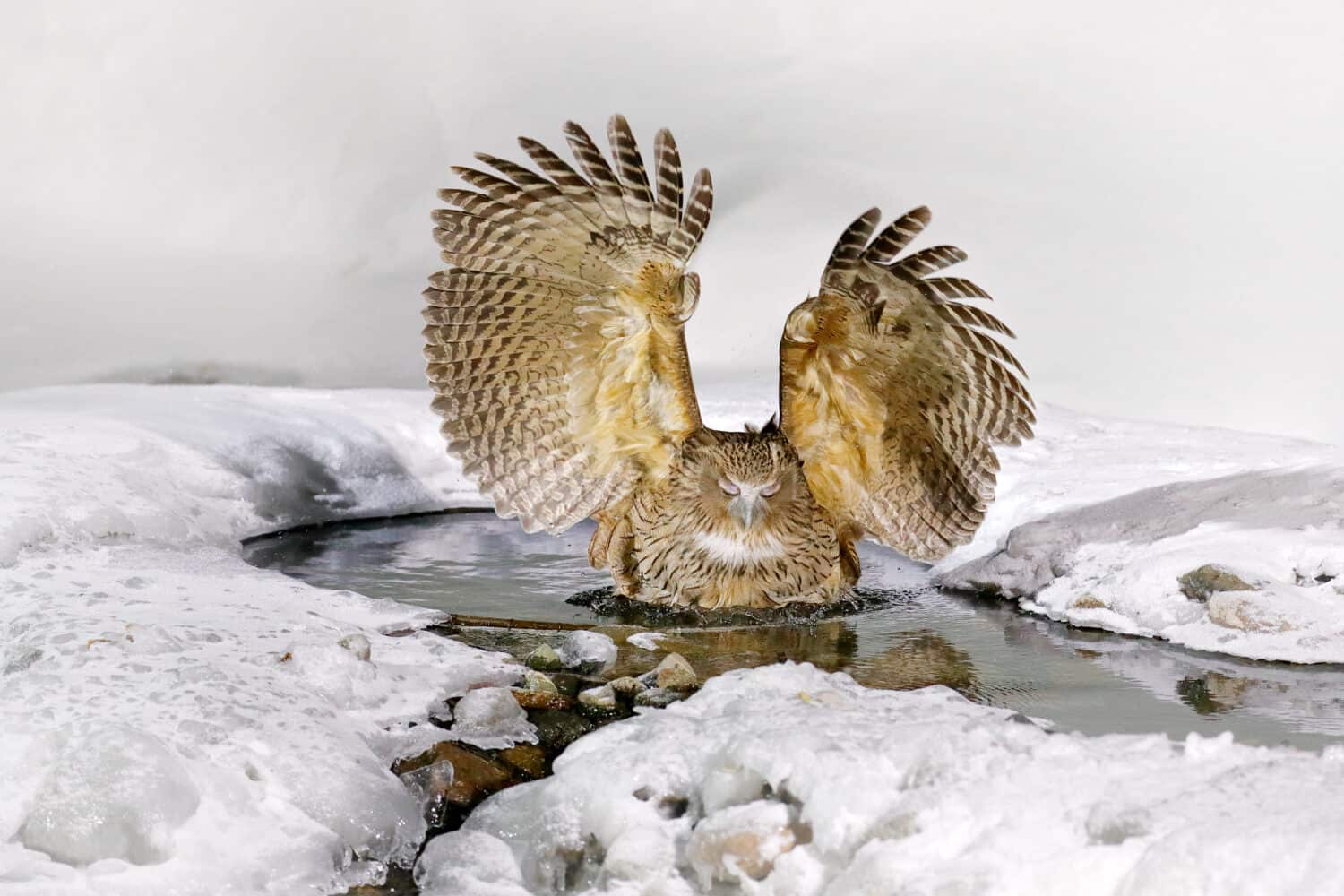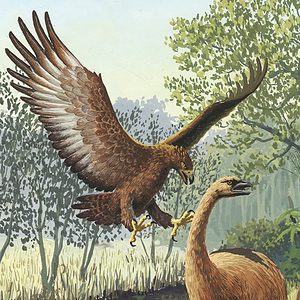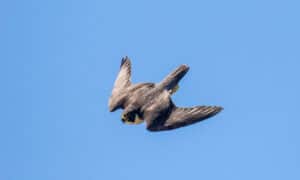There’s no doubt about it: a bird’s feathers are one of the most important aspects in considering their survival. Birds with significant feather damage may not be able to survive as easily as those without any injuries. Because of this, maintaining healthy feathers or healing them as quickly as possible can be the difference between life and death for wild birds. Read below to discover what happens if a bird damages its feathers and learn just how humans may be able to help.
Why Are Bird Feathers Important?
Feathers are an essential feature of avian anatomy. Aside from flight, feathers are important for several key reasons. Continue reading below to learn about the different benefits of having feathers.
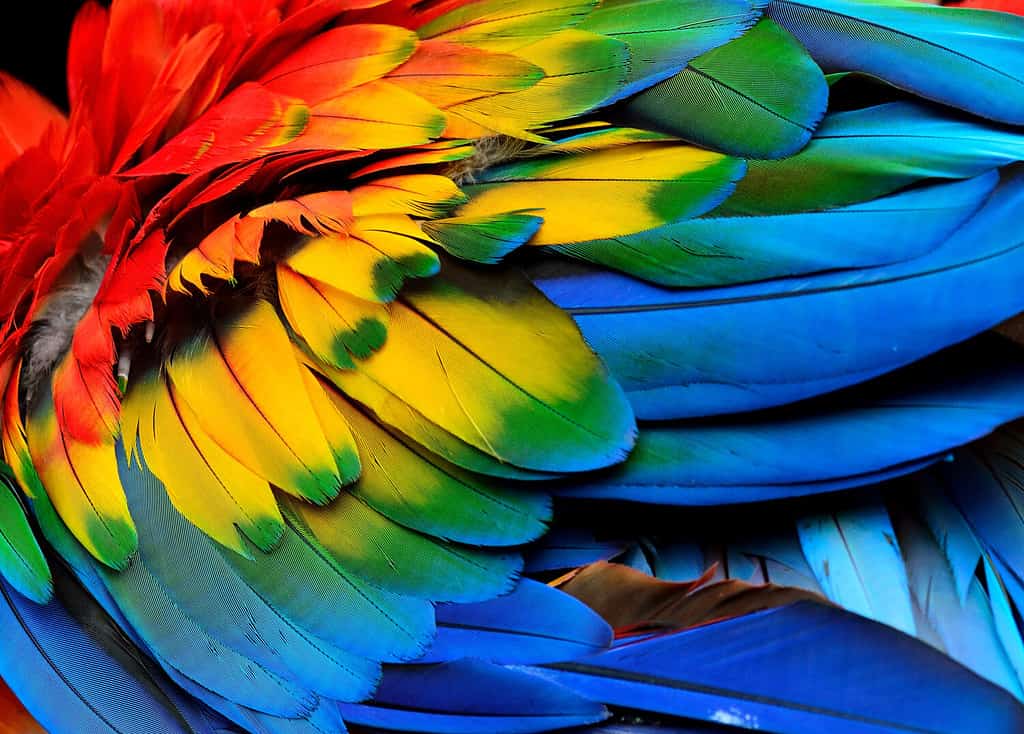
A bird’s feathers can serve many different purposes.
©Super Prin/Shutterstock.com
Flight
When you think about why feathers are important for birds, you may think of flying. After all, birds are the only living species with feathers, and they’re also the only true fliers in the world.
If this is your first thought when it comes to feathers, you wouldn’t be wrong. Feathers are a key part of achieving flight for birds. In order to become airborne, birds have a variety of different forces to contend with. Flight itself involves two main forces: lift (vertical) and thrust (horizontal). In order to fly, birds use the long, stiff feathers on their wings to achieve lift, pushing themselves upwards against gravity. In the air, their feathers also help them steer and maintain elevation.
You can learn more about how birds fly and the role of feathers in our complete guide to bird flight.
Protection
When you consider feathers compared to other anatomical features such as shells, they may not seem the most protective. However, one of the most important roles of a bird’s feathers is in protecting their body.
Feathers offer protection against daily injuries, such as minor scrapes and bruises. They can also help shield the bird’s skin from the sun. For some species, such as waterfowl, their feathers are waterproof. This gives them buoyancy and helps keep the birds afloat.
Insulation
Have you ever wondered how a bird stays warm? Aside from having specialized techniques to maintain their body temperature, a bird’s feathers also offer insulation. When in extreme cold temperatures, birds can puff up their feathers. This acts like a jacket and helps trap heat near their skin. Birds can also tuck their bills into their feathers, which also helps in maintaining body temperature.
Camouflage
Have you ever been to a zoo or bird center and had the chance to spot an owl? Chances are, if they have a natural-habitat-style exhibit, you may have had some trouble! This is because a bird’s feathers also help camouflage them in their natural habitats. Some species may use their feathers to stand out and attract a mate, but for many types of birds, having protection from predators or ambushing prey is essential.
Bird Feather Anatomy
Bird feather anatomy can be complex. However, overall, the most important thing to know about feathers is that they are made of keratin. Keratin is the same protein that human nails are made of. This means that they have no feeling in their feathers, although they do in the muscles that the feather shafts connect to.
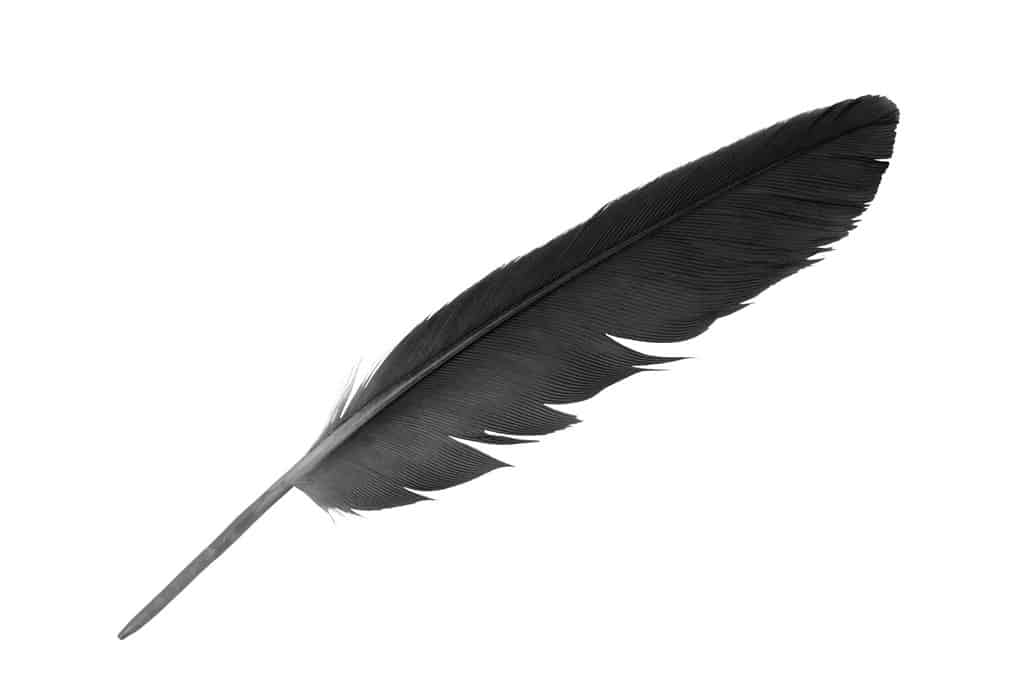
Feathers are made of keratin.
©nadtytok/Shutterstock.com
What Happens If a Bird Damages Its Feathers?
Damage to a bird’s feather is permanent. However, when the bird molts, these feathers fall out and are replaced with new ones. When an injured bird enters a rehabilitation center, however, professionals may be able to accelerate the bird’s healing through a process known as imping. This often depends on the species and the exact injury, though.
If a bird arrives at a specialized avian hospital with injuries to their wing or tail feathers, the professionals are able to replace the wing through imping. During imping, the injured wing is cut away. Then, donor feathers harvested from deceased birds are able to be shaped to match the exact shape, size, and orientation of the injured bird. Through different techniques and materials, such as epoxy, the professionals can attach the new feather to the remaining feather shaft. Once the epoxy cures, the bird is left with a fully functional feather. While this feather fix is temporary, it can help return the bird to the wild faster with better results compared to molting.
Having the feather be an exact match for the injured bird is essential. Not only does this allow for effortless flight for the bird, but for species like the owl that rely on their specialized feathers for hunting, having a match can be the difference between starving and a successful hunt.
Watch the Amazing Process of Bird Feather Repair
Thank you for reading! Have some feedback for us? Contact the AZ Animals editorial team.

